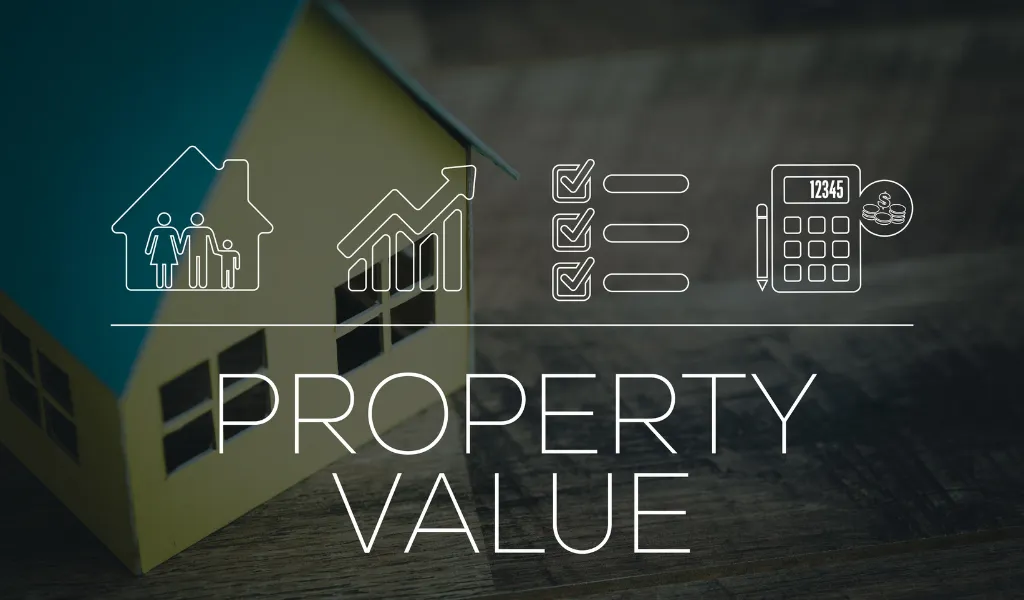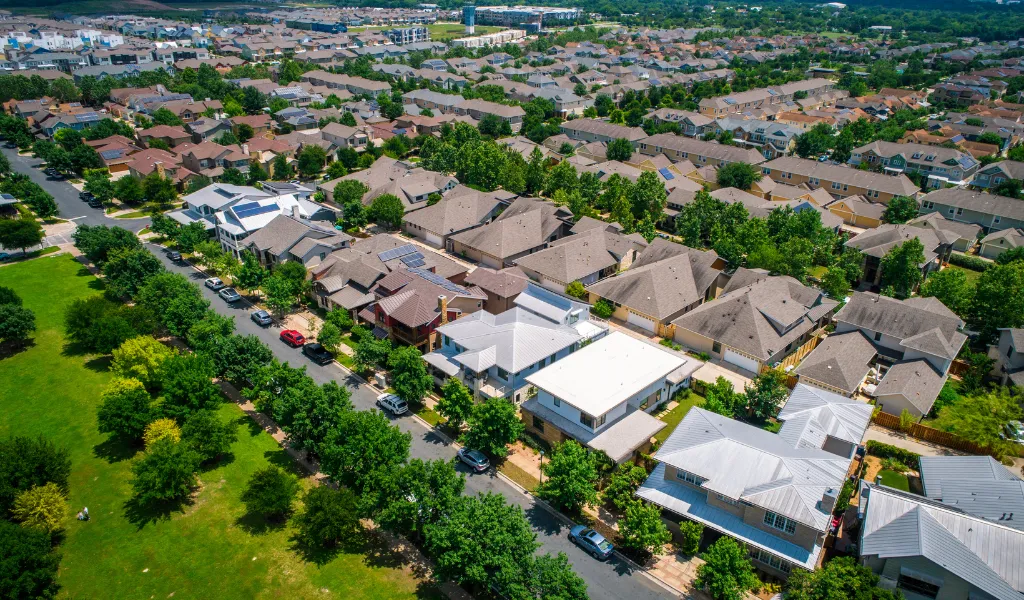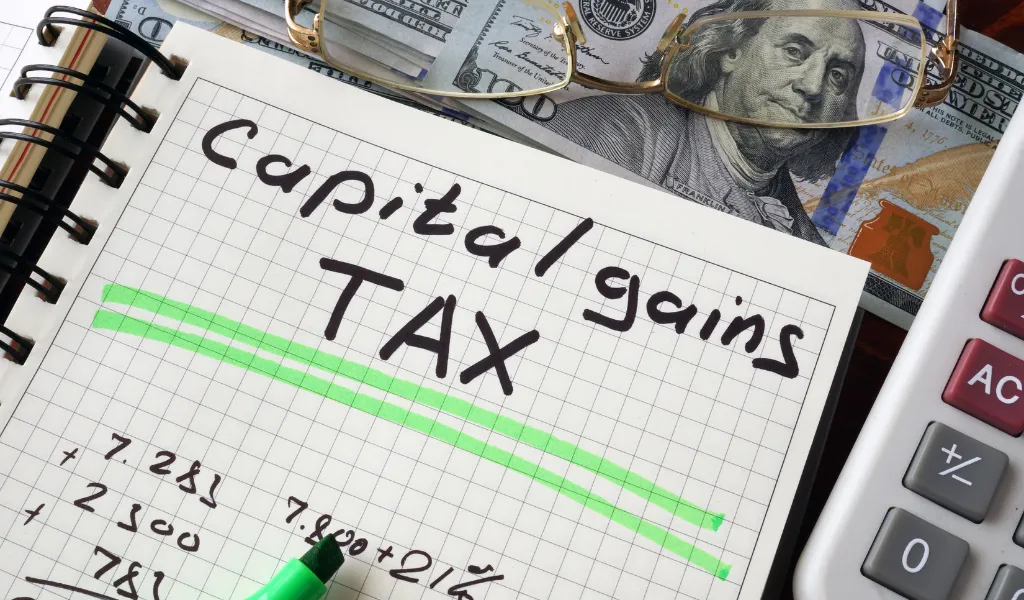Capital allowances are a fundamental aspect of the United Kingdom’s tax system, providing businesses with a valuable opportunity for tax relief. These allowances enable companies to deduct the cost of specific assets from their profits before calculating their tax liability. In this comprehensive guide, we will delve into the world of capital allowances, exploring various types, eligible assets, and the different rates involved to provide you with a thorough understanding.
Types of Assets Eligible for Capital Allowances
You can claim capital allowances on several categories of assets, including:
- Plant and Machinery: This category encompasses a wide range of equipment and tools used in your business operations.
- Equipment: Any essential equipment you use in your business operations can be considered for capital allowances.
- Business Vehicles: This includes vans, lorries, and business cars that are integral to your business activities.
Now, let’s explore the definition of “plant and machinery” and what qualifies for these allowances.

What Is ‘Plant and Machinery’?
‘Plant and machinery’ are items that you use within your business. These could be anything from office equipment to manufacturing machinery. In most cases, you can deduct the full cost of these items from your profits before calculating your tax using the Annual Investment Allowance (AIA).
However, certain items are not eligible for plant and machinery allowances, including things you lease (unless you have a hire purchase contract or long funding lease), items used solely for business entertainment (e.g., yachts or karaoke machines), land, structures (e.g., bridges and roads), and buildings (including doors, gates, shutters, mains water, and gas systems). You may be eligible for structures and buildings allowances, but that’s a topic for another discussion.
Items That Qualify as Plant and Machinery
Plant and machinery include items you use in your business, including cars, the cost of demolishing old plant and machinery, parts of a building considered integral (referred to as ‘integral features’), some fixtures like fitted kitchens or bathroom suites, and alterations to a building to install plant and machinery (excluding repairs). Repairs can be claimed as business expenses if you’re a sole trader or partnership, or they can be deducted from your profits as a business cost if you’re a limited company.
Integral Features
Integral features refer to items like lifts, escalators, space and water heating systems, air-conditioning and air cooling systems, hot and cold water systems (excluding toilet and kitchen facilities), electrical systems (including lighting systems), and external solar shading.
Fixtures
You can also claim allowances for fixtures such as fitted kitchens, bathroom suites, fire alarm and CCTV systems. Both renters and property owners can claim these allowances, but only the person who purchased the item can make the claim.
If You Let Residential Property
Claiming capital allowances for items in residential property is subject to specific conditions:
- You must run a furnished holiday lettings business.
- The item must be used in the common areas of a residential building, for example, a table in the hallway of an apartment building.
Writing Down Allowances
Writing down allowances represent one type of capital allowance, allowing you to deduct a percentage of the value of specific items from your annual profits. You may qualify for greater tax relief by using other capital allowances like the Annual Investment Allowance (AIA), 100% first-year allowances, or temporary first-year allowances.
The percentage you can deduct varies depending on the item, with business cars being subject to rates based on their CO2 emissions. If an item qualifies for more than one capital allowance, you can choose which one to apply.

Determining the Value of Your Asset
In most cases, the value of the asset is what you paid for it. However, if you owned it before using it in your business or received it as a gift, you should use the market value (the amount you’d expect to sell it for) instead.
Other Capital Allowances
In addition to plant and machinery, you can also claim capital allowances for:
- Renovating business premises in disadvantaged areas of the UK.
- Extracting minerals.
- Research and development.
- ‘Know-how’ (intellectual property about industrial techniques).
- Patent rights.
- Dredging allowances.
- Structures and buildings.
If You Let Out Residential Property
For residential property, you can only claim capital allowances if your business qualifies as a furnished holiday lettings business. The property must be available for holiday letting for at least 210 days and let for 105 days or more each year.
Rates and Pools
To claim writing down allowances, you should group items into pools based on the applicable rate. There are three types of pools:
- Main Pool (18%): You can claim 18% tax relief on most ‘plant and machinery’ items, unless they belong to the special rate pool or a single asset pool.
- Special Rate Pool (6%): This rate applies to parts of a building considered integral, items with a long life, solar panels, thermal insulation added to a building, and cars with CO2 emissions above a certain threshold.
- Single Asset Pools: These are created for items with a short life or those used outside your business.
Now, let’s explore each of these pools in more detail.
Main Rate Pool
The main rate pool allows you to claim 18% tax relief on most ‘plant and machinery’ you purchase. Exceptions include items that belong to the special rate pool or single asset pools.
Special Rate Pool
The special rate pool, with a rate of 6%, is applicable to specific assets such as integral features, items with a long life, solar panels, thermal insulation added to a building, and certain cars.
Single Asset Pools
Single asset pools are used for items that require separate treatment, including those with a short life or items used outside your business. It’s important to note that the pool ends when you sell the asset, allowing you to claim capital allowances over a shorter period. If you continue using the item after eight years, you should move the balance into your main pool in the following accounting period or tax year.
Mixed Partnerships
AIA is only available for partnerships where all the members are individuals. If your business has multiple trades or activities, each usually gets its own AIA. However, if they are controlled by the same person and have similar activities or share premises, you may only receive one AIA.
100% First Year Allowances
If you purchase an asset that qualifies for 100% first-year allowances, you can deduct the full cost from your profits before tax. You can claim these allowances in addition to the Annual Investment Allowance (AIA) as long as you don’t claim both for the same expenditure.
Qualifying Equipment for 100% First-Year Allowances
You can claim ‘enhanced capital allowances’ (a type of 100% first-year allowance) for equipment such as electric cars, machinery for gas refuelling stations, zero-emission goods vehicles, and more, provided they are new and unused.








